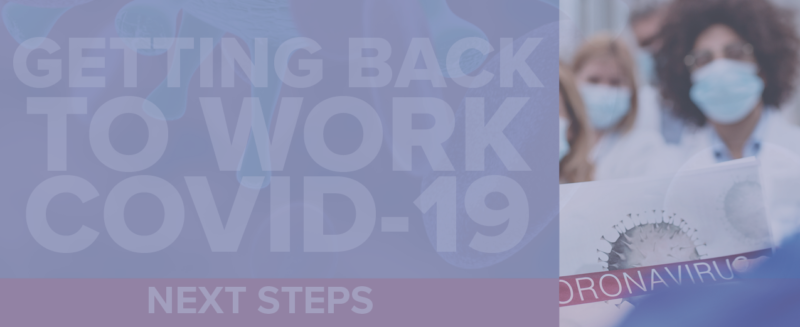Open Enrollment May Feel Different Among 2020 Pandemic
Last Updated on October 9, 2020
Post COVID-19: Preparing for an Unprecedented Open Enrollment Period
Open enrollment following the COVID-19 pandemic will be unlike any other in recent memory. Many organizations are still trying to recover from extended closures and maintain safe working environments—open enrollment is the last thing on their minds. Yet, procrastinating on enrollment planning can actually cause more issues than it solves. This article explains what employers can expect this enrollment period and how to prepare.
Open Enrollment Trends to Watch
Expect major disruptions to open enrollment this year. From an operational standpoint, COVID-19 might surge in the fall and force states to re-close businesses. From a personnel standpoint, employees may not be comfortable returning if they feel unsafe in the workplace. These are two worst-case scenarios, but they exemplify the multitude of potential disruptors stemming from COVID-19 this enrollment period.
Many organizations are expected to hold entirely virtual open enrollments due to health-related fears. Virtual enrollment has been trending for several years, and the COVID-19 pandemic is helping to solidify its prominence.
Virtual Open Enrollments
In fact, many organizations are expected to hold entirely virtual open enrollments due to health-related fears. Virtual enrollment has been trending for several years, and the COVID-19 pandemic is helping to solidify its prominence. A virtual enrollment process typically includes an online enrollment platform for selecting benefits, remote meetings between employees and HR, and downloadable benefits resources.
While virtual enrollment will almost certainly be the new standard, it’s not necessarily the solution for everyone. Employees’ technology skill levels, language barriers and past expectations will all influence what open enrollment looks like across different organizations. It’s up to individual employers to decide how to pair virtual enrollment solutions with other resources to meet the unique needs of their employees and the organization as a whole.
Supplemental Health Plans
Many employers are meeting these challenges through supplemental health plans with an emphasis on overall well-being. Since the beginning of the COVID-19 pandemic, employers have been looking for ways to control costs while providing employees with meaningful mental health resources to curb burnout. Adding optional health benefits can be a way to limit additional employer spending and provide assistance to employees who need it.
Employer Next Steps
Preparation for Open Enrollment
Preparation will be the key factor for a successful open enrollment this year. Employers should talk to stakeholders early and prepare to answer any employee questions. Employees will need to know exactly how they will be enrolling, when enrollment is happening and where they can find help. Solidifying this information early will help keep everyone on the same page.
Employee Outreach
Employers should consider reaching out to employees to determine what kind of enrollment process will work best for them. However, it should be clear that these suggestions must fit in with larger workplace operations. For instance, in-person meetings may not be an option.
Ways Employers Can Prepare
Open enrollment isn’t always a clear-cut process. Something that’s successful for one organization won’t necessarily work for another. Employers should review the following strategies and consider how similar initiatives might improve their own open enrollment efforts:
- Confer with management about any operational restrictions that may influence open enrollment (i.e., if in-person staff is limited within the workplace, in-person enrollment is likely not an option).
- Meet with stakeholders to solidify what the enrollment process will look like, including whether it will be entirely virtual, in-person with social distancing or some other combination of strategies.
- Debrief managers early in the enrollment process, and encourage them to communicate regularly to employees about the upcoming open enrollment.
- Inform all stakeholders (anyone to whom an employee may reach out about open enrollment questions) about the enrollment process. They should know where to find the answers to any topic, including:
- Benefits effective date
- Enrollment period
- What happens to furloughed employees’ benefits
- How plan contributions work during extended closures
- Communicate to employees about open enrollment through multiple channels. Consider using videos, mail-home postcards, PDFs and other materials to ensure employees have all the information they need.
COVID-19 Guidance for Employers
While many organizations are finding success with these efforts, they are not the only strategies that work. Speak with MyHRConcierge to discuss an open enrollment process that meets the unique needs of your organization.
MyHRConcierge offers human resources services for small to mid sized businesses. We keep our employer clients up-to-date with the latest coronavirus guidance with our COVID-19 Support Services package. The COVID-19 Support Package includes unlimited access to an HR consultant. Learn more about this monthly package.
For more information regarding HR policies during the COVID-19 crisis, or other HR needs, contact MyHRConcierge at 1-855-538-6947 x.108 or email ccooley@myhrconcierge.com.
©Zywave

